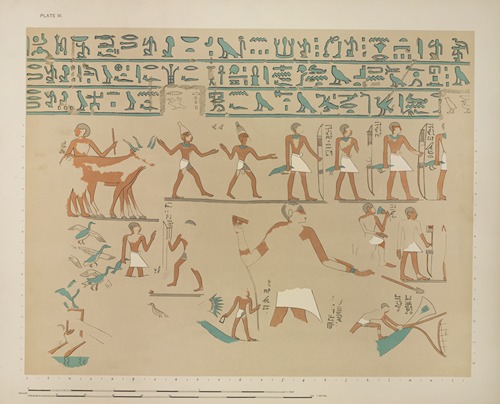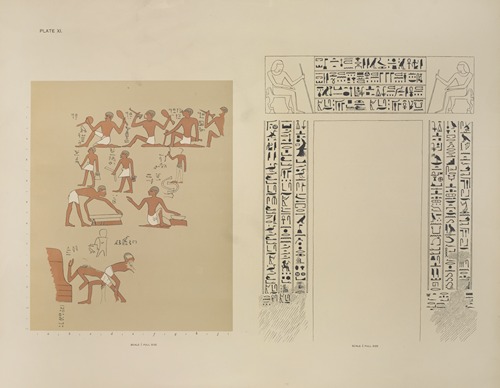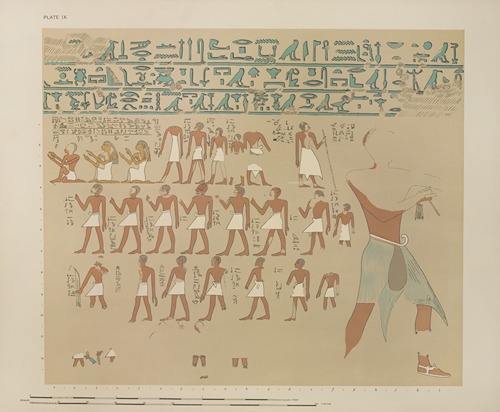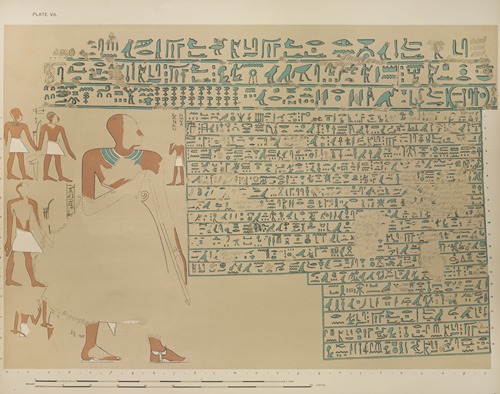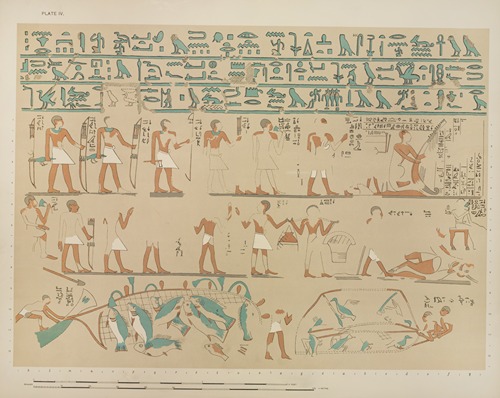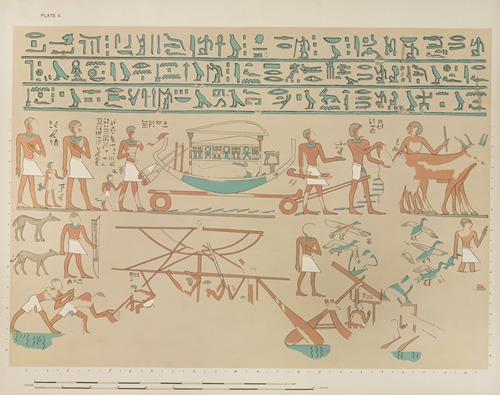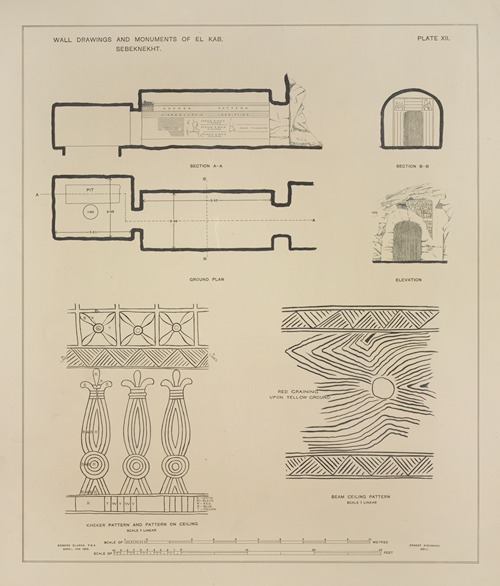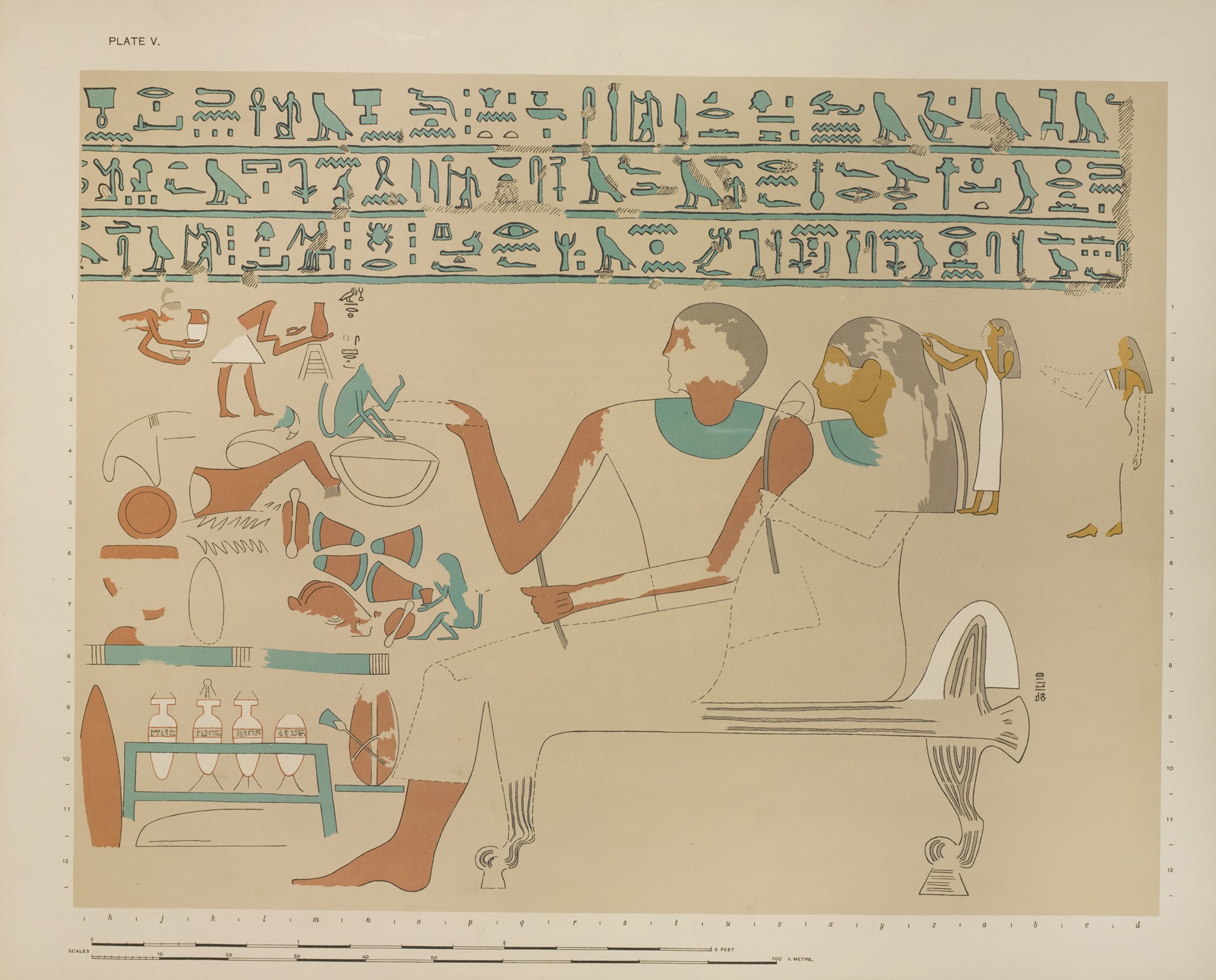
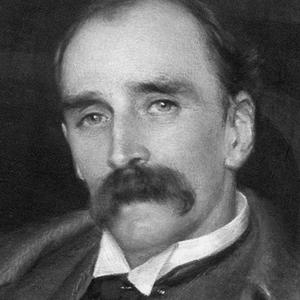
Joseph John Tylor was an engineer and Egyptologist, born at Stoke Newington on 1 Feb. 1851. He was the eldest child (of two sons and four daughters) of Alfred Tylor, brass founder and geologist, and Isabella Harris (both of the Society of Friends). Sir Edward Burnett Tylor, the anthropologist, was his uncle. Joseph, after being educated at the Friends' school. Grove House, Tottenham, matriculated at London University in June 1868, and then turning to engineering, studied at the Polytechnic School at Stuttgart, 1868-70.
On returning home he entered the Bowling ironworks in Yorkshire. In February 1872 he became partner in the family firm of J. Tylor & Sons, brass founders, 2 Newgate Street, E.G., which had been founded by his grandfather, John Tylor; on his father's death in 1884 he became senior partner. He was elected A.M.I.C.E. on 1 May 1877, and patented many successful inventions, particularly in connection with hydraulic meters. A liberal in politics, he was associated with his brother-in-law, William Leatham Bright, and with Arthur Williams in founding the National Liberal Club in 1882.
In 1891 failing health prevented him from following his profession, and he turned to Egypt and Egyptology in search of health and occupation. Here he experimented with the pictorial reproduction of the ancient sculptures and paintings of tombs and temples. His method was to divide up a wall (often irregular in form and surface) into equal spaces with stretched threads, and having photographed these without distortion to enlarge the negatives and print them faintly. The essential outlines were then strengthened with pencil, the injuries, dirt-marks, &c., on the original eliminated, and the result rephotographed for publication.
In conjunction with Mr. Somers Clarke, Tylor selected El Kab in Upper Egypt as a field for his labours, and began a series of monographs under the general title of ’Wall Drawings and Monuments of El Kab.' The separate monographs were: 'The Tomb of Pakeri' (1895); 'The Tomb of Sebeknekht' (1896); 'The Temple of Amenketep III' (1898) ; and 'The Tomb of Renni' (1900).
He died at his winter residence, Villa la Guerite, La Turbee, Alpes-Maritimes, on 5 April 1901, and was buried at Beaulieu. He married on 15 Sept. 1887 Marion (d. 1889), third daughter of George, Lord Young [q. v. Suppl. II], and had two sons, Alfred and George Cunnyngham."
